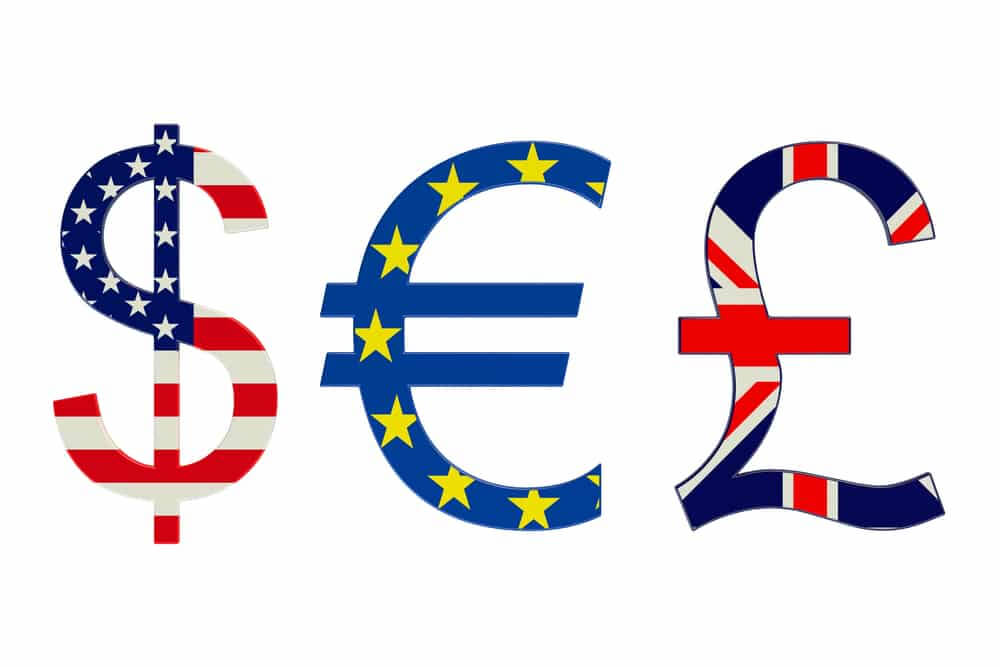
EURUSD, GBPUSD potential for smaller recovery
Pair EURUSD made a new low this year at 1.12620 during the previous Asian session. After that, in the European session, we have a recovery and growth to the current 1.13170. A strong dollar is putting a lot of pressure on the European currency.
Bullish scenario:
- We need a positive consolidation that will continue to move EURUSD to higher levels, and our first hurdle is 1.13500.
- Further growth above us could lead to 1.14000 levels, and the next higher resistance is at 1.14500, where there was higher consolidation. At this level, additional resistance can create an MA20 moving average.
- A breakthrough of EURSUD above can lead us to the next resistance in the zone 1.15000-1.15500.
Bearish scenario:
- We need continued negative consolidation and new testing of the previous low at 1.12620.
- The break below opens new levels for us this year, first at 1.12500, then at 1.12000.
 GBPUSD chart analysis
GBPUSD chart analysis
Pair GBPUSD after support at 1.33500 continues to recover to the current 1.34500. The continuation of this positive consolidation has moved us above the MA20 moving average. Based on that we can expect further growth towards the next higher levels on the chart. Our main target is the previous high at 1.36000.
Bullish scenario:
- GBPUSD needs to make good support above 1.34500 to move on.
- With the support of the MA20 moving average, our next target is at 1.35000, and after that, the zone is 1.35500-1.36000.
- If we climb above 1.36000, then we get the support of the MA50 moving average, and we can expect growth to 1.365000 where the MA200 moving average awaits us.
Bearish scenario:
- We need negative consolidation and a pull below 1.34000.
- A further break below brings us to the zone of the previous low at 1.33500.
- Our next lower support is 1.33000, and if we get to that zone, we will return to the movement zone from December 2020.
Market overview
The European Central Bank must be “careful” and “vigilant” in terms of inflation because a long-lasting price shock could penetrate the basic growth of prices through salaries, ECB Vice President Luis de Guindos said on Wednesday.
De Guindos said inflation expectations remain anchored, but if industrial bottlenecks last longer than expected now and energy prices continue to grow, inflation could exceed projections and pressure wages.
In October, inflation in the eurozone rose to more than twice the European Central Bank’s target, the European Union’s statistical office Eurostat confirmed on Wednesday.
Eurostat said inflation in the 19 countries using the euro rose 0.8 percent on a monthly basis in October, up 4.1 percent year-on-year.
The ECB wants to hold inflation at 2.0% in the medium term, and officials say the rise in inflation is temporary. The bank expects price growth to slow during 2022 but acknowledged that it would take longer than expected.
With inflation already doubled and likely to rise further later this year, the ECB is under growing pressure to leave its ultra-light monetary policy and tackle rising prices that undermine household purchasing power. The current tightening of monetary policy could stifle the economic recovery after the pandemic.
British inflation reached its highest level in 10 years when household energy bills rose, boosting expectations that the BoE would lift interest rates in December just weeks after it shook markets while keeping borrowing costs on hold.
Consumer prices rose 4.2% year-on-year in October, jumping from 3.1% in September, the National Statistics Office said on Wednesday.
“Today’s inflation data will strengthen the Bank of England’s determination to react,” said Jael Selfin, chief economist at KPMG UK. Finance Minister Rishi Sunak said that rising inflation is not just a British problem. The government is taking measures to compensate for the blow to consumer power, even when it is reducing most of its emergency financial support for the coronavirus.
BoE forecasts show that it expects inflation to reach around 5% in the coming months before returning.

 GBPUSD chart analysis
GBPUSD chart analysis

